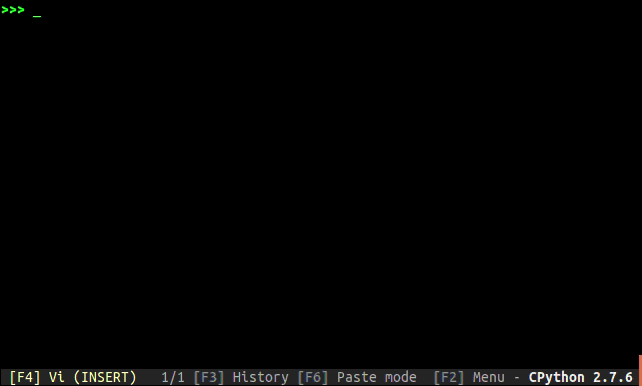ฉันเขียนแอพคอนโซลอย่างง่ายเพื่ออัพโหลดและดาวน์โหลดไฟล์จากเซิร์ฟเวอร์ FTP โดยใช้ ftplib
ฉันต้องการให้แอปแสดงภาพความคืบหน้าของการดาวน์โหลด / อัพโหลดสำหรับผู้ใช้ ทุกครั้งที่มีการดาวน์โหลด data chunk ฉันต้องการให้มีการอัปเดตความคืบหน้าแม้ว่าจะเป็นเพียงการแสดงตัวเลขเช่นเปอร์เซ็นต์
ที่สำคัญฉันต้องการหลีกเลี่ยงการลบข้อความทั้งหมดที่พิมพ์ไปยังคอนโซลในบรรทัดก่อนหน้า (เช่นฉันไม่ต้องการ "ล้าง" เทอร์มินัลทั้งหมดในขณะที่พิมพ์ความคืบหน้าที่อัปเดต)
นี่เป็นงานที่ค่อนข้างธรรมดาฉันจะทำแถบความคืบหน้าหรือการสร้างภาพข้อมูลที่คล้ายกันซึ่งส่งออกไปยังคอนโซลของฉันในขณะที่รักษาเอาท์พุทโปรแกรมก่อนหน้าได้อย่างไร

